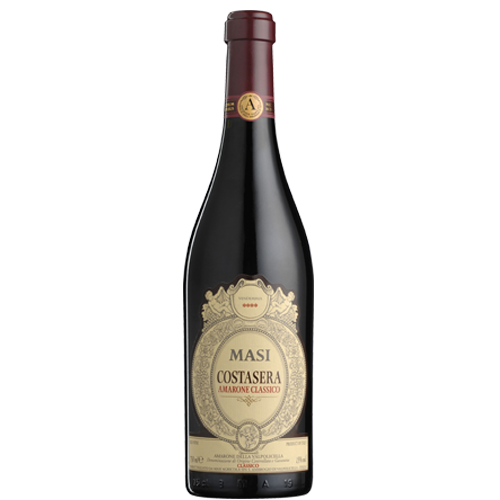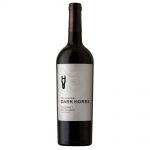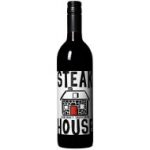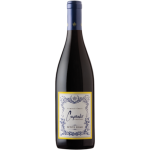Description
Amarone is the product of the ancient wine-making method called “appassimento” (drying of the grapes). At the end of September or the beginnning of October, the best clusters of grapes from the hillside vineyards are picked and placed in wooden boxes or on bamboo racks. The grapes are left to dry for 36 to 48 hours in rooms with controlled atmospheres (controlled humidity and forced ventilation) and then in large rooms in the old farmhouses in the hills until about the middle of January. There are large openings or windows to allow the free flow of air which is vital to the drying of the grapes.
By January the grapes weigh 35-40% less and have a naturally enhanced flavour and a higher concentration of sugar. Just the Corvina is attacked by botrytis (“noble rot”). After a delicate pressing and partial destalking of the grapes, they ferment for about 50 days in large Slavonian oak barrels at low, natural temperatures (natural cold fermentation). The wine is racked off its lees, and transferred into barrels of 30-40 hl where the alcoholic fermentation continues for a further 3-4 months, encouraged by selected “Saccaromices Bayanus” yeasts. In the meantime malolactic fermentation also takes place.
Once the wine is completely dry, it is again rached off its lees and then continues its aging for another 20 to 30 months, partly in large oak barrels and partly in small Allier and Slavonian oak barrels of 600 litres (maximum 3 years old). The wine is then filtered, bottled and aged in bottle for an additional 6 months or more before release.
Amarone and its sweet counterpart, Recioto, have been produced in Valpolicella since Roman times. Virgil, Suetonius, Martial and Pliny the Elder testify to their existence. The original name for these wines was "reticum”, later changed to "acinaticum” by Cassiodorous, minister of King Theodoric. We continue to find historic references during the successive centuries: during the Longobard period, the Middle Ages, the dominion of the Scaligers, as well as during the Most Serene Republic of Venice when this wine was referred to, with great pride, as a "wine of the Doges”. The term "recioto” probably comes from the dialect word "recia” which means the upper and outer parts of the bunches of grapes. These "recie” are the grapes which are ripest and which enjoy the best exposure to the sun. A second hypothesis derives the term "recioto” from the Latin word "racemus” which means bunch. A third hypothesis derives the term from "recisus” which means "cut and dried”. The existence of a dry Recioto wine is attested from antiquity, even if the term "Amarone” did not make its appearance until the 18th century. The marketing of this wine on a large scale is more recent and only started during this century. Amarone is a majestic wine which combines dignity with power and grace.







Reviews
There are no reviews yet.